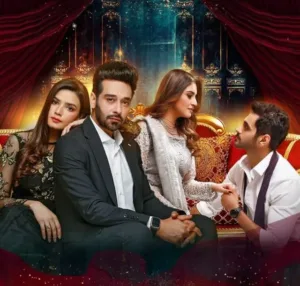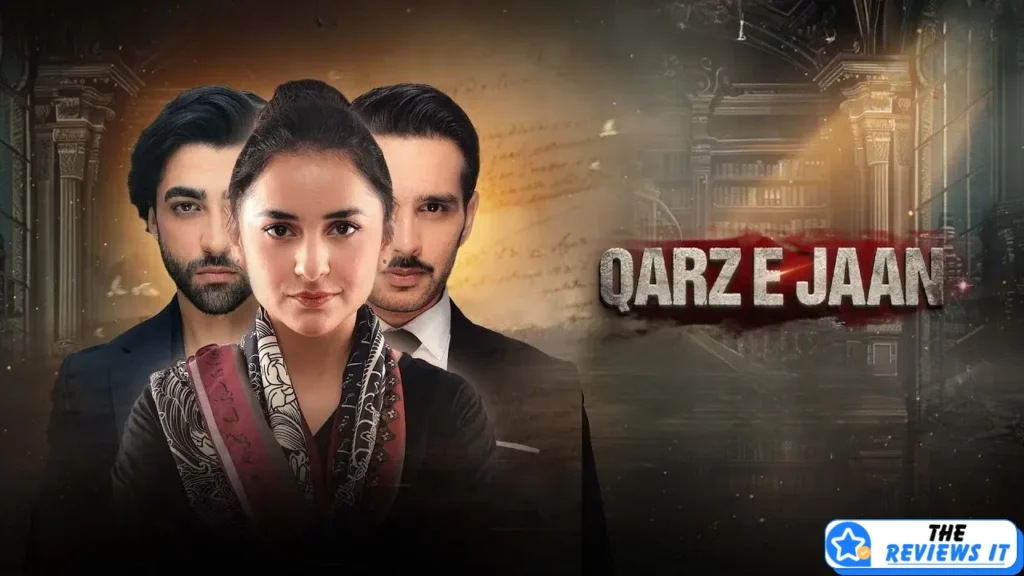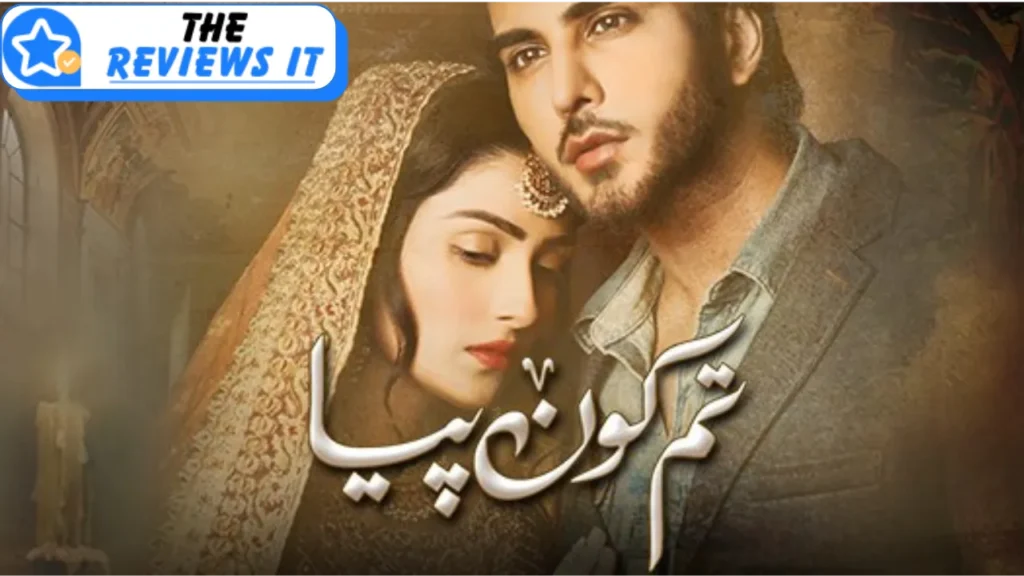Fitoor Drama Review: “Fitoor” is a Pakistani television drama that aired in 2021. It is a romantic drama series that explores themes of love, relationships, and societal challenges. The storyline revolves around the lives of its central characters, delving into their emotional journeys, conflicts, and personal growth. Set against the backdrop of contemporary Pakistan, “Fitoor” captures the complexities of human emotions and interpersonal dynamics.
The drama gained attention for its engaging narrative, strong performances by the cast, and its portrayal of contemporary issues within Pakistani society. It resonated with audiences for its heartfelt storytelling and exploration of deep-seated emotions.
As with many Pakistani dramas, “Fitoor” contributed to the rich tapestry of television dramas in Pakistan, offering viewers a blend of romance, drama, and social commentary. It remains a significant part of the Pakistani entertainment landscape, reflecting the evolving tastes and narratives in television storytelling.
For more detailed information, including specific plot points, character analysis, and critical reception, further exploration through recent reviews or viewing the series would provide deeper insights into the impact and significance of “Fitoor” in Pakistani television.

Plot Summary
“Fitoor” is a Pakistani drama that centers around the lives of its main characters, exploring themes of love, obsession, and societal expectations. The plot follows the journey of its protagonist, often a young woman, navigating through various challenges and relationships.
Typically, the storyline begins with the introduction of the main characters and their backgrounds. There’s usually a central romantic relationship that forms the core of the plot, often complicated by external factors such as family dynamics, societal norms, or past traumas. As the story progresses, conflicts arise that test the strength of these relationships, leading to emotional turmoil and introspection among the characters.
The drama unfolds through a series of events and revelations that shape the characters’ destinies. Themes of sacrifice, betrayal, and redemption are common, as characters grapple with their desires and responsibilities. The narrative may include twists and turns that keep viewers engaged, ultimately culminating in resolutions that provide closure or leave room for interpretation.
Overall, “Fitoor” typically offers a blend of emotional drama, romance, and social commentary, drawing viewers into the lives of its characters as they navigate love and life’s challenges.
Character Analysis Fitoor Drama Review
Noor:
Journey and Motivations: Noor is often portrayed as the protagonist who embarks on a journey of self-discovery and personal growth. Her motivations typically revolve around finding her identity, asserting her independence, and navigating through complex relationships. Noor may start the story with idealistic views or innocence, but as the plot unfolds, she confronts challenges that shape her understanding of the world and herself.
Character Development: Throughout the narrative, Noor undergoes significant character development. Her interactions with other characters, particularly romantic interests or familial figures, contribute to her growth. She learns to navigate betrayal, heartbreak, and societal expectations, which ultimately mold her into a more resilient and self-aware individual. Noor’s development often centers on themes of love, loyalty, and the pursuit of personal happiness amidst adversity.
Firdaus:
Role and Complexities: Firdaus typically assumes the role of a central female lead characterized by her beauty, grace, and internal conflicts. Her complexities stem from her past experiences, familial obligations, and societal pressures. Firdaus may struggle with reconciling her personal desires with the expectations imposed upon her, leading to inner turmoil and difficult choices.
Relationships: Firdaus’s relationships, particularly romantic ones, play a crucial role in her character arc. She may be torn between duty to her family and following her heart, which adds layers to her characterization. Her interactions with other characters, such as rivals or confidantes, reveal different facets of her personality and contribute to the emotional depth of the narrative. Firdaus’s journey often involves navigating love, betrayal, and the complexities of personal agency within restrictive social norms.
Begum Hazrat Jaan:
Influence and Character Arc: Begum Hazrat Jaan typically embodies the archetype of a powerful matriarch whose influence pervades the lives of those around her. She is portrayed as a figure of authority and wisdom, commanding respect and often holding sway over familial or societal dynamics. Begum’s character arc may include revelations about her past, motivations for her actions, or complexities in her relationships with other characters.
Impact on Other Characters: Begum’s decisions and maneuvers often have significant repercussions for other characters. Her guidance, manipulation, or protection of those under her influence shape their destinies and drive key plot developments. Begum’s interactions with protagonists and antagonists alike reveal her strategic acumen, moral ambiguities, and the lengths to which she will go to maintain her status and protect her interests.
These character analyses typically highlight the interplay of personal motivations, societal expectations, and emotional conflicts within the context of dramas like “Fitoor.” Each character’s journey contributes to the overarching themes of love, ambition, and the pursuit of identity, creating a compelling narrative that resonates with audiences.











